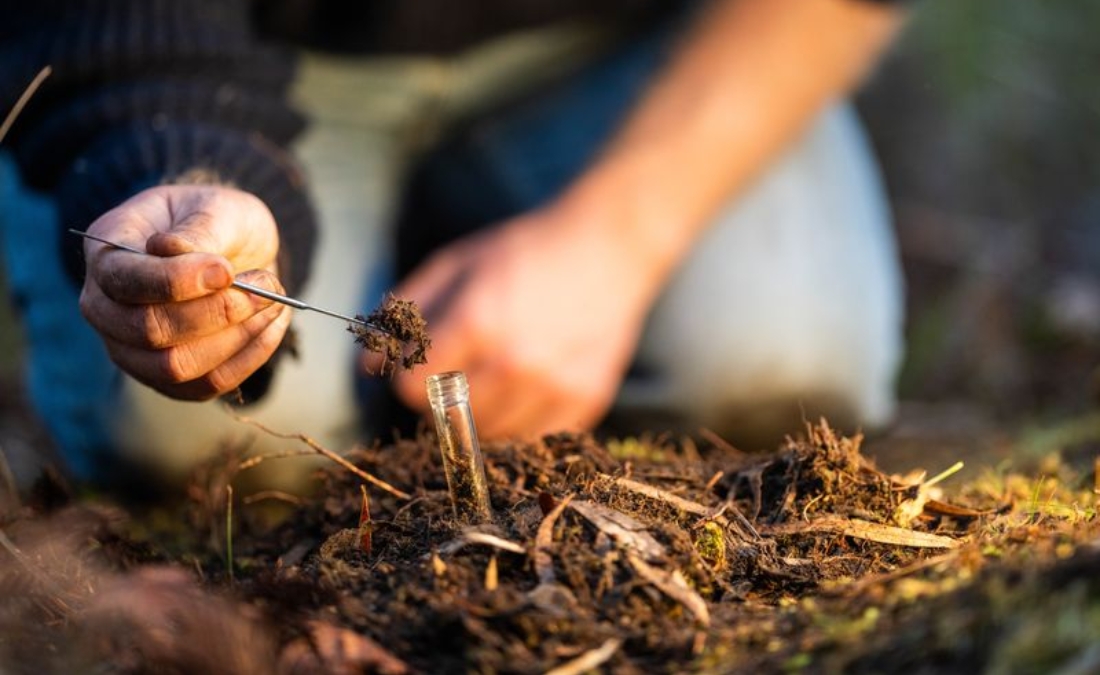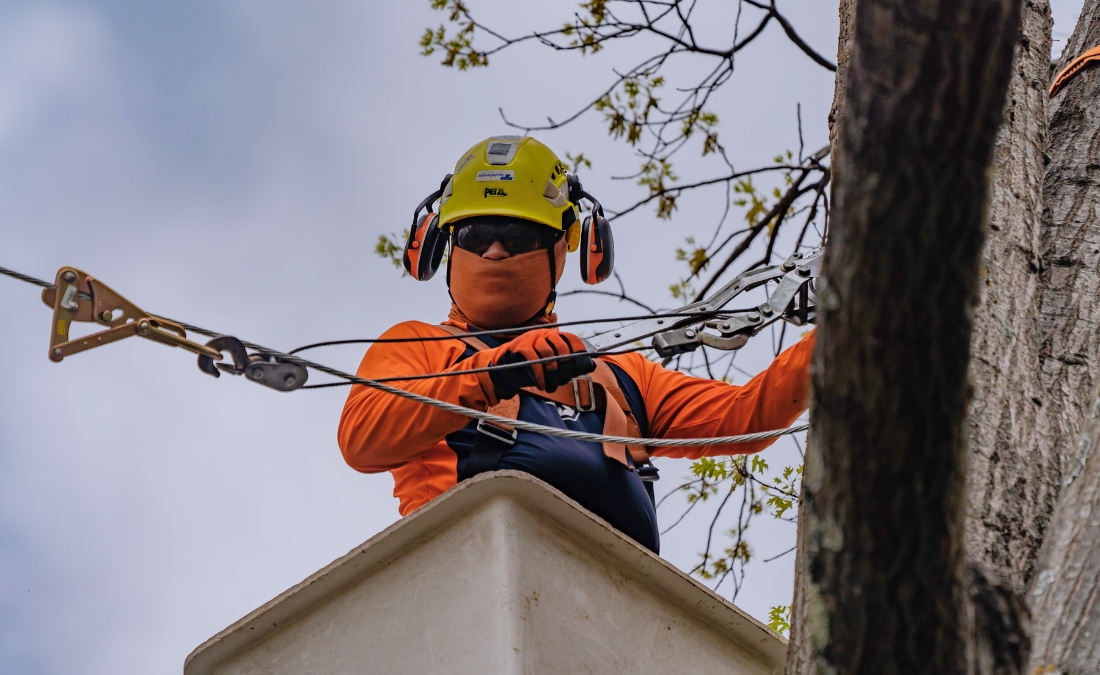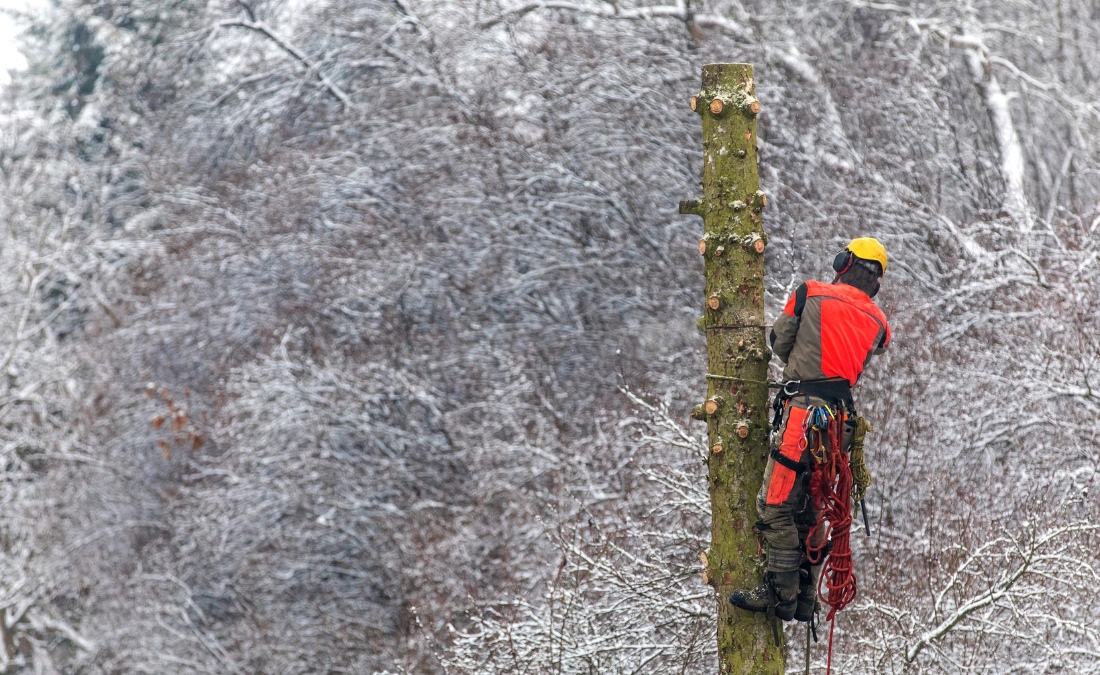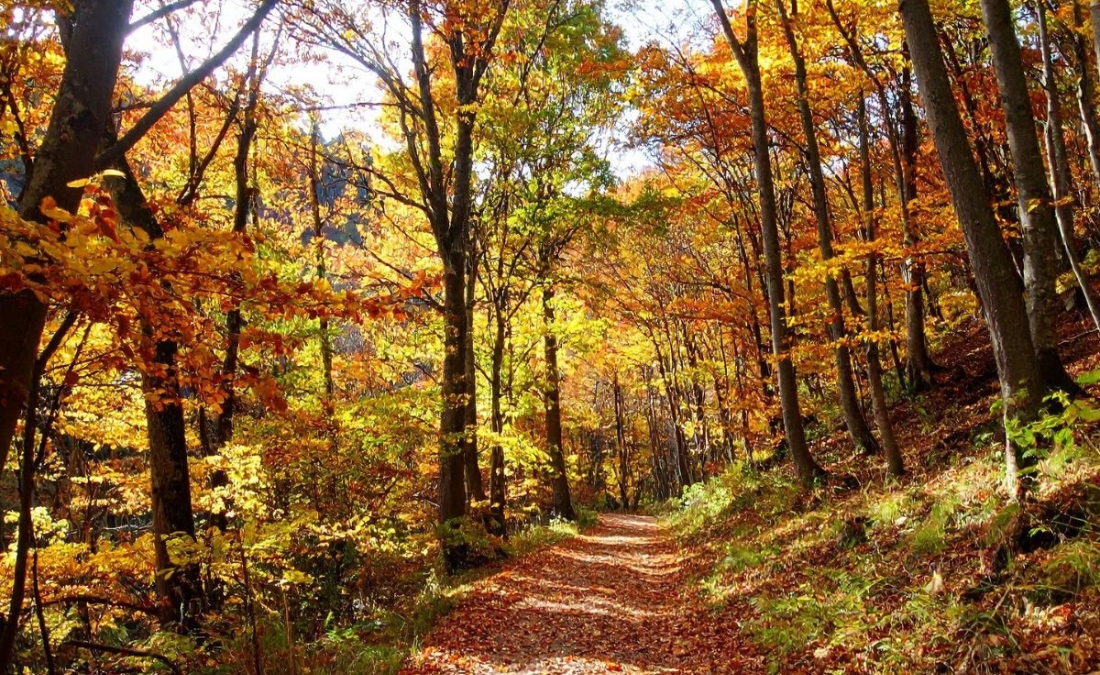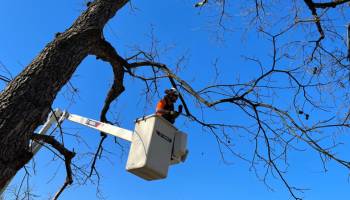What You Need to Know About Bacterial Leaf Scorch in Oklahoma City
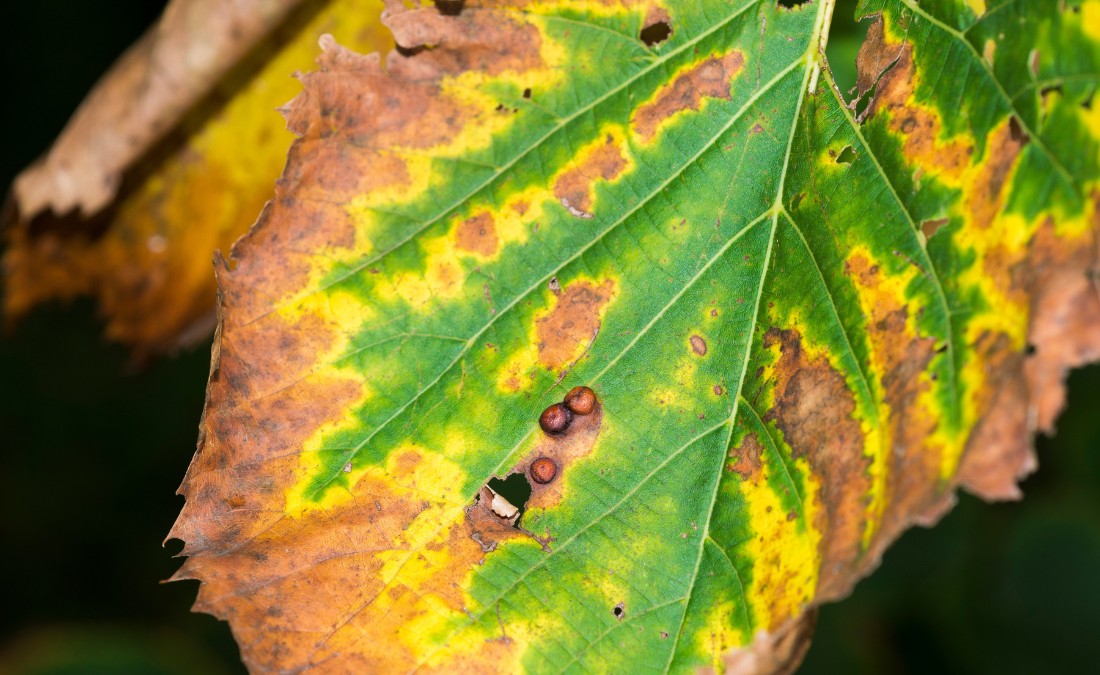
Trees turning brown too early? It could be bacterial leaf scorch. Learn how to spot it, treat it, and protect your Oklahoma City trees from decline.
Noticing your tree’s leaves turning brown around the edges – even though it’s only July? You’re right to be concerned. It might now be drought or heat stress, but actually bacterial leaf scorch, a serious and often overlooked disease that affects thousands of shad trees across Oklahoma every year.
Here’s what you need to know about bacterial leaf scorch, how it spreads, and what you can do to protect your trees.
Key Takeaways
- Bacterial leaf scorch is a deadly, incurable tree disease that has been affecting Oklahoma trees since 2004, with symptoms appearing as brown leaf edges with yellow borders in late summer.
- The disease spreads through insects like leafhoppers and spittlebugs, which carry the bacteria from infected trees to healthy ones, making it impossible to completely prevent.
- Common Oklahoma trees at risk include oak, elm, sycamore, mulberry, maple, and sweet gum, with symptoms often mistaken for drought stress or other diseases.
- Prevention focuses on tree health through proper mulching, drought watering, winter pruning, fertilization, and planting diverse, resistant species to reduce stress and disease vulnerability.
- Treatment involves yearly antibiotic injections that can extend an infected tree’s life and reduce symptoms, though severely affected trees may need removal to protect other nearby trees.
What Is Bacterial Leaf Scorch?
Bacterial leaf scorch (BLS) is a deadly disease that affects several species of Oklahoma trees. The bacteria, Xylella fastidiosa, causes BLS, and there is no cure. If you want to keep your precious shade trees alive, you need to know how to identify BLS.
In Oklahoma, arborists first reported BLS in 2004 on an elm tree. Since then, the disease has affected several different species of trees, necessitating tree removal.
X. fastidiosa also causes Pierce’s disease, a related disease that affects grapevines.
How Bacterial Leaf Scorch Spreads in Oklahoma City
Bacterial leaf scorch spreads through common garden pests, primarily leafhoppers and spittlebugs. You may have never noticed them, but these tiny insects can do serious damage. In fact, up to 39 different species are known to spread BLS in Oklahoma trees.
Once a tree is infected, there’s no cure, and symptoms will come back year after year, gradually weakening the tree over time.
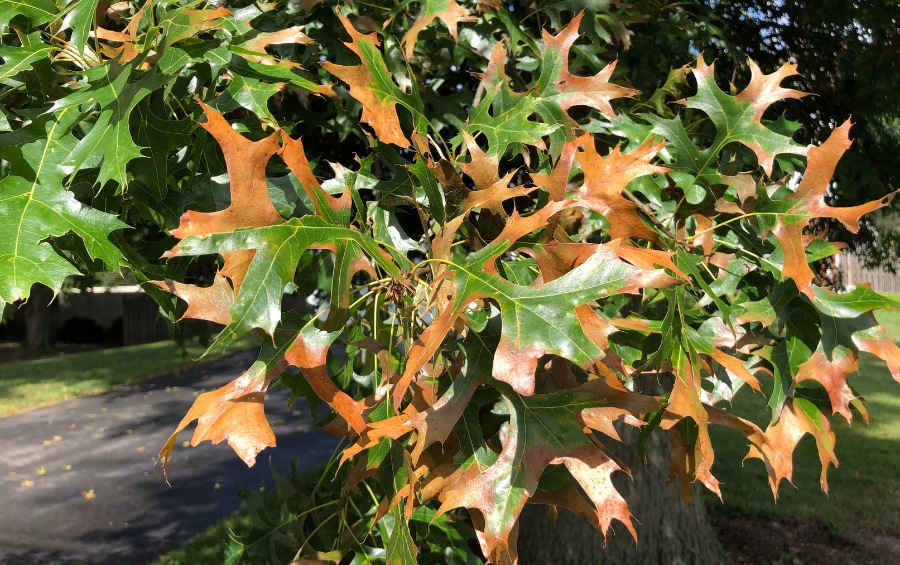
Pin oak leaves are showing symptoms of bacterial leaf scorch. Photo by Famartin, CC BY-SA 4.0, via Wikimedia Commons
Symptoms of Bacterial Leaf Scorch on Trees
Trees with bacterial leaf scorch usually look healthy in the spring and leaf out normally. But as summer progresses – especially during hot, dry weather – symptoms begin to show, typically becoming more noticeable in late summer or early fall. Common signs of BLS include:
- Scorching around the margins of the leaves (with a yellow barrier in most species)
- Scorching between the veins
- Bands on the interior portion of the leaves in some species
- Premature leaf drop
- Reduced growth and branch dieback
- Production of water spouts
Without proper intervention, symptoms of bacterial leaf scorch will get worse each year until the tree eventually dies.
One of the biggest challenges in identifying BLS is how easily it can be confused with other common tree problems. The symptoms often look similar to those caused by other diseases, making a clear diagnosis difficult.
In fact, BLS is often mistaken for more well-known issues like oak wilt or Dutch elm disease. It can even resemble stress caused by overwatering or over-fertilizing — problems that are much easier to fix.
That’s why it’s so important to have a certified arborist inspect your tree before jumping to conclusions. They can help determine whether your tree has BLS or another issue and recommend the right course of action.
PRO TIP: Aside from having an arborist look at your tree, you can also submit a sample of the tree to the Oklahoma State University Plant Disease and Insect Diagnostic Laboratory. They can test the sample and provide a definitive diagnosis on whether it has BLS or not.
Trees That Are Prone to Developing Bacterial Leaf Scorch
Another reason diagnosing BLS is complicated is that it affects a variety of trees. Some of the species we’ve noticed that have been affected by BLS the most in Oklahoma include:
- Oak
- Elm
- Sycamore
- Mulberry
- Some maple species
- Sweet gum
Can You Treat Trees for Bacterial Leaf Scorch?
While there is no cure for BLS, there are treatment options available that can mitigate the symptoms and extend the life of your tree. We recommend treatment for high-value trees.
Treatment consists of administering an antibiotic to the tree yearly, which will prolong its life, though it won’t save it from subsequent infections. Missing a yearly treatment will cause the symptoms to return, so work with an arborist to set up a treatment schedule that ensures maximum protection.
How to Prevent Bacterial Leaf Scorch
Since there’s no cure for bacterial leaf scorch, prevention is your best line of defense. Healthy trees are naturally more resistant to stress and disease, including BLS. With the right maintenance and thoughtful planning, you can lower the risk of infection and help our trees stay strong through Oklahoma’s hot, dry summers.
Minimize Tree Stress
A stressed tree is less able to fight off tree pests and disease infections. The insects that carry BLS are more likely to attack your tree if it is stressed, as it won’t have the same natural defenses as a healthy one.
Some simple ways you can keep your trees stress-free in Oklahoma City include:
- Adding a Layer of Mulch: Mulching around your tree has numerous benefits, including regulating soil temperature, improving nutrient content in the soil, and limiting the potential for compacting Oklahoma’s clay soil. Keep the layer of mulch between two and four inches and never pile it up against the tree trunk.
- Watering Consistently During a Drought: Droughts and dry periods are common in the Oklahoma City area. Providing supplemental water to your trees during a drought using a soaker hose or irrigation system lowers stress while you wait for nature to provide water for your trees.
- Pruning Trees in the Winter: Tree pruning is an easy way to keep your tree healthier and prevent it from growing into utility lines or encroaching on your property. Try to limit any significant pruning to the winter when trees are dormant and insects are least active.
- Fertilizing: Fall fertilization can target a nutrient deficiency in your trees and give them enough energy to grow successfully. Always have a professional conduct a soil test before you apply any fertilizer or have a company do it.
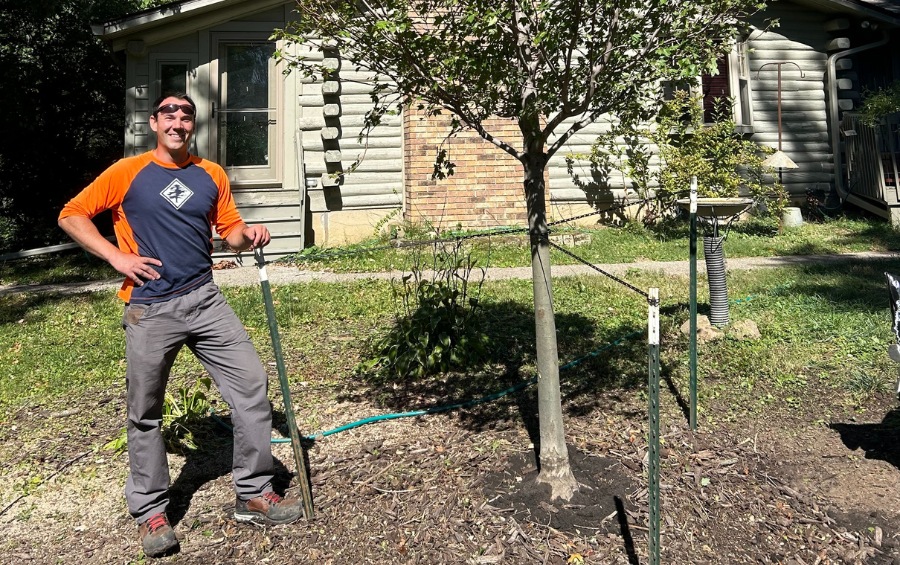
Plant A Variety of Trees (Especially BLS-Resistant Ones)
Planting a diverse arrangement of trees not only makes your property more eye-catching, but it also has several benefits for your local ecosystem. Planting a wide range of species makes your property more disease-resistant by not allowing one disease to destroy your entire tree population.
Tree diseases typically focus on either one or a few different species. A property with a large variety may lose one tree to a disease like BLS, but the rest will end up unaffected, limiting the damage to the local ecosystem.
Planting a variety of trees also encourages more birds and beneficial insects to come to your property. Many birds feed on the leafhoppers and spittlebugs that spread BLS, keeping your trees safer.
You can also plant BLS-resistant trees like black gums and the Japanese zelkova.
Promptly Remove Severely Infested Trees
If you catch a tree with BLS, removal might be the best option. Eliminating these trees will reduce the risk of your other shade trees dealing with an infection, though they could already have a BLS infection without your knowledge.
Before jumping to removal, have an arborist inspect your trees and determine if it is the best option.
“A few years ago, a homeowner called us with an oak that seemed to be struggling, and we determined it was BLS. Since then, we’ve provided yearly treatments, and the tree has maintained its vigor and hasn’t shown symptoms. We’re hoping to keep this old oak thriving for years to come with annual treatments.” – Tim Henson, Arbor Masters ISA Certified Arborist
Frequently Asked Questions About Bacterial Leaf Scorch
To help you better understand this deadly disease and why you need to be on the lookout for it, we’ve answered some of the common questions homeowners have when we tell them their trees have a BLS infection.
How can I tell the difference between drought stress and bacterial leaf scorch?
The difference in symptoms between drought stress and BLS is very subtle. BLS symptoms may start on the lower branches, while drought stress symptoms are often more uniform. BLS leaves also usually have a yellow border between the scorched areas and the healthy leaf tissue, while drought stress does not have the yellow border.
Does bacterial leaf scorch affect species in different ways?
Yes, BLS and its symptoms will manifest differently in various species. For instance, many oaks will not lose their leaves prematurely, except for the pin oak, which has no marginal scorching but will have its leaves fall early. The differences in symptoms’ appearance are another reason why correctly diagnosing BLS is difficult.
Is bacterial leaf scorch the only tree disease in Oklahoma City?
No, some other diseases to watch out for in the Oklahoma City area include:
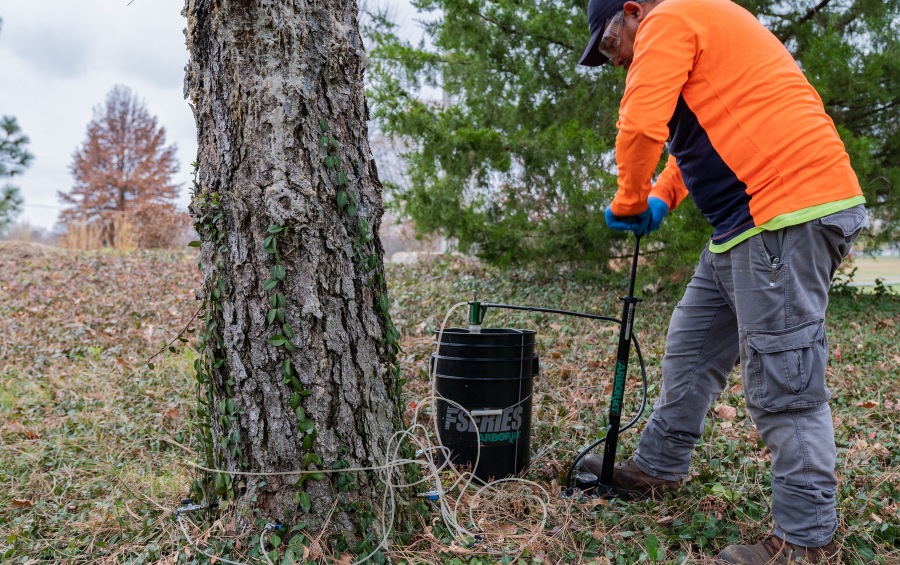
Protect Your Trees from BLS with Arbor Masters
Losing a beloved shade tree is never easy, especially when it could have been prevented. Bacterial leaf scorch is a serious threat in OKC, but with the right care and early intervention, your trees have a fighting chance.
If your trees are showing signs of BLS or just aren’t looking as healthy as they should, the experienced arborists at Arbor Masters are ready to help. We’ll inspect your trees, recommend the best treatment options, and offer preventive care to protect the rest of your landscape. Call us today at 405-495-8746 or request a quote online.
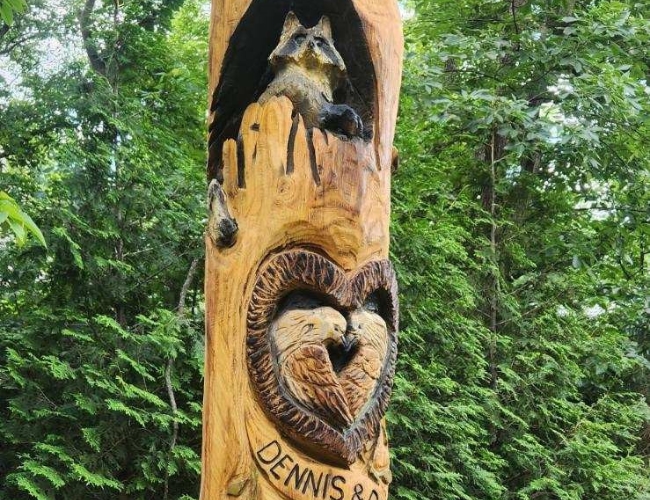
Get the latest local news, tree care tips, special offers, and company updates directly to your inbox! It's easy to subscribe and there's no spam - we promise.
"*" indicates required fields

